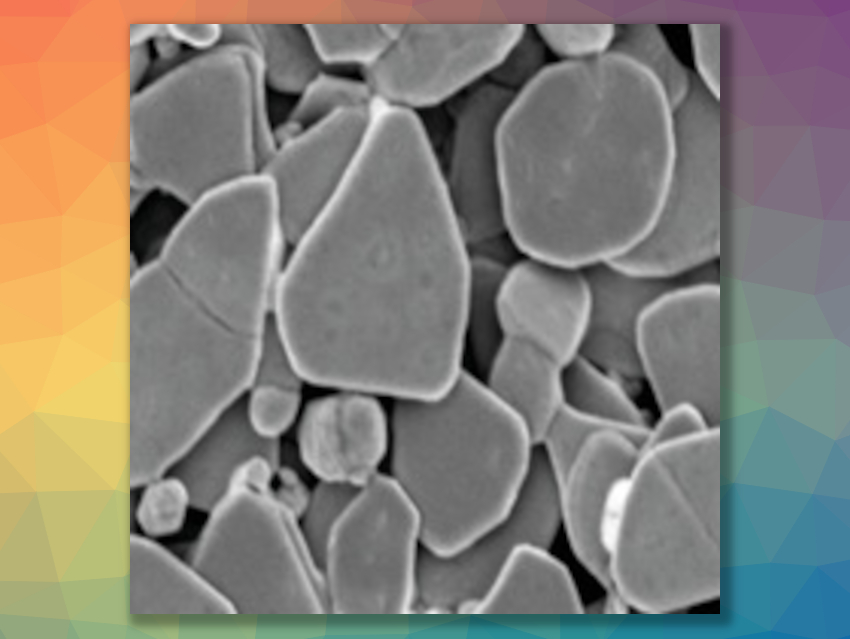Semiconducting nanosheets can be used as active materials in different printed electronic devices. However, including electrically conducting nanosheets in the same manner has been challenging due to the small number of conductive nanosheet materials that can be used in a printable “ink” and their limited conductivities.
Jonathan N. Coleman, Trinity College Dublin, Ireland, and colleagues have used silver nanosheets (AgNS) as a printable material to create highly conductive networks (example pictured). The team used a commercially available water-based paste containing AgNS. The paste was diluted to give printable dispersions, which were printed onto different flexible or rigid substrates using either a commercial thermal inkjet printer or an aerosol-jet printer.
The team created patterns of unannealed AgNS with conductivities of up to 6.0·106 S m−1. These could be useful, e.g., for electromagnetic interference (EMI) shielding. Printed thin films of AgNS annealed at 200 °C showed conductivities of over 107 S m−1. The printed silver nanosheet patterns can also be used as electrodes in heterostructures together with other nanosheets.
- Highly Conductive Networks of Silver Nanosheets,
Adam G. Kelly, Jane O’Reilly, Cian Gabbett, Beata Szydłowska, Domhnall O’Suilleabhain, Umar Khan, Jack Maughan, Tian Carey, Siadhbh Sheil, Plamen Stamenov, Jonathan N. Coleman,
Small 2022.
https://doi.org/10.1002/smll.202105996

![Synthesis of [c2]Daisy Chains via Mechanochemistry](https://www.chemistryviews.org/wp-content/uploads/2025/04/202504_RotaxanesWithSolidStateMechanochemistry-125x94.png)

